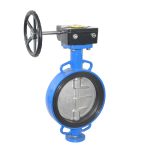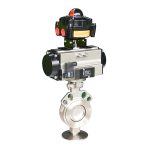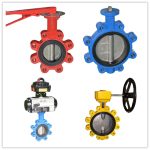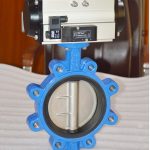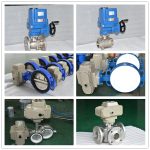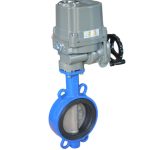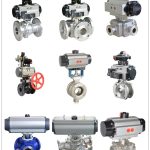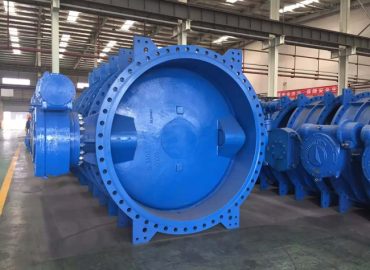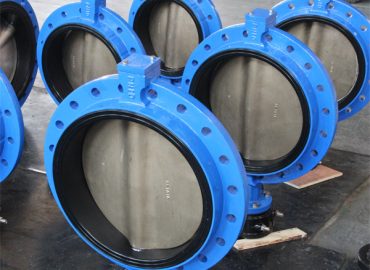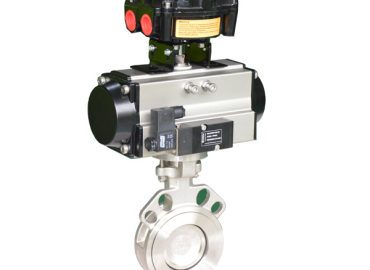Deciding between a butterfly valve and a ball valve for your industrial or commercial usage can be difficult. Both have distinct advantages depending on the type, size, and pressure of operation of the system. It is important to consider the differences between these two valves in order to make an informed decision about which would best suit your needs. In this blog post, we will discuss the construction, size, pressure rating, and sealing performance of both types of valves to help you decide between a butterfly valve or a ball valve.
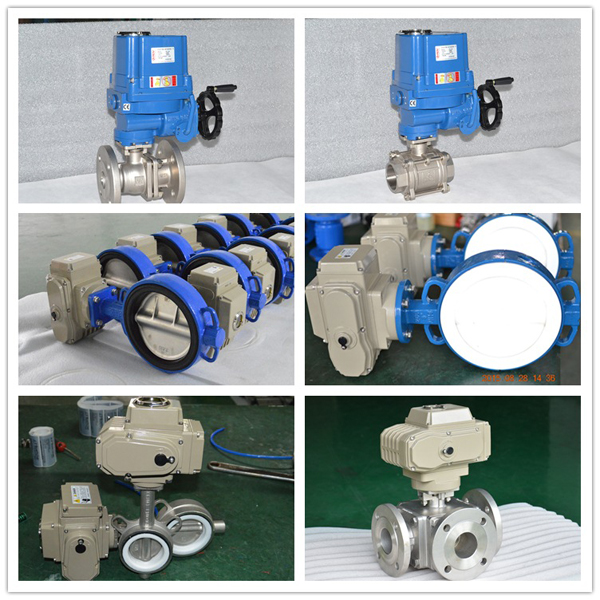
Introduction
Butterfly valve and ball valves are two distinct types of control valves that serve different purposes in industrial and commercial applications. A butterfly valve is a quarter turn, linear-motion valve, usually with a disc-shaped closure element. It is used mainly to regulate the flow of large volumes of fluid and serves as an isolation valve when fully closed. On the other hand, a ball valve is a quarter turn, rotary-motion valve with a round closure member. It operates best as an on/off shut off valve due to its excellent pressure rating and resistance to wear and tear.
When choosing between these two types of valves for your application, it is important to consider their construction, size/dimensions, pressure ratings, and sealing performance. The type of material used in the construction will determine the durability and overall lifespan of the valve; whereas dimensions such as nominal bore size must be taken into consideration for compatibility purposes. Additionally, their respective pressure ratings can affect the operation of your system depending on the system’s requirements.
Finally, determining which type offers superior sealing performance between butterfly valves or ball valves can be critical for some applications where leaks cannot be tolerated or need to meet certain standards of safety or efficiency. All these factors should be weighed carefully before making a decision so that you make the right choice for your purposes.
Differentiating between Butterfly Valve vs Ball Valve
Butterfly valves and ball valve are two distinct types of control valves that have their own set of advantages and limitations. While both perform the same basic function of controlling the flow rate of liquids, there are some key differences between them. Butterfly valves have a disc-shaped closure element and use a linear motion to open and close, which makes them suitable for operations requiring frequent on/off cycling.
Ball valves use a quarter turn, rotary motion to open and close, which makes them ideal for applications requiring high opening/closing pressure and accuracy due to the tight seal they create when closed. The size or dimension of the valve is also an important factor to consider as butterfly valves tend to be larger than ball valves. In terms of sealing performance, butterfly valves offer excellent sealing capability when fully opened or closed while ball valves may not provide the same level of hermetic sealing at low system pressures.
Lastly, pressure ratings can also differ significantly between these two valve types; butterfly valve pressure ratings tend to be relatively lower than those found in ball valves. Taking all these factors into account can help you make an informed decision when choosing between butterfly valves or ball valves for your application.
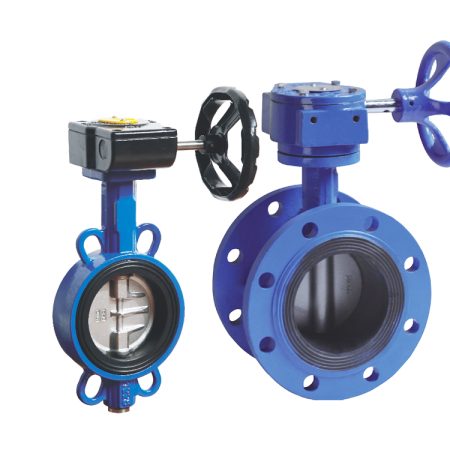
Construction
Construction of materials plays a major role in determining the overall lifespan of any valve, be it a butterfly valve or a ball valve. Commonly used material for both types of valves is cast iron, stainless steel, brass and bronze. The most suitable material for your application depends on several factors such as operating temperature, corrosive elements in the flow media and pressure ratings. Cast iron is comparatively cost effective but has low strength and wear resistance; stainless steel provides higher strength, durability and corrosion resistance; while brass and bronze have slightly lower strength than stainless steel but offer excellent resistance to abrasion.
The construction also affects other important performance characteristics such as fluid flow rate, pressure drop across the valve body, sticking resistance in extreme temperatures and leak-tightness at various pressures, among others. Therefore, careful consideration should be given to construction when evaluating butterfly valves and ball valves for use in any application.
Size/Dimensions
The size or dimension of any type of valve is one of the most important factors to consider due to its direct influence on performance and overall usability. Butterfly valves tend to be larger than ball valves, which means they are generally more expensive, occupy more space in a system, and require more power for actuation.
Although butterfly valves can come in various sizes depending on the pressure rating and diameter of the pipeline, ball valves typically range from 1/4″ to 12″ in diameter. Additionally, the size of the port openings are also different; butterfly valves typically have ports that are larger than those found in ball valves which leads to increased flow rates but also causes greater frictional losses. Due to these differences, choosing between butterfly and ball valve should involve careful consideration of size/dimension-related factors such as cost, physical space requirements and flow rate potential.

Pressure Rating
Pressure rating is an important parameter to consider when selecting a valve for a given application. It indicates the maximum operating pressure that the valve can safely withstand without suffering any damage. Butterfly and ball valves both come in varied pressure ratings depending on their construction material and size. Generally, butterfly valves are offered in lower pressures while ball valves are available in higher pressures ranging from class 150 up to class 2500.
Care must be taken to ensure that the selected valve can withstand the nominal operating pressure of the pipe line plus any additional surge/shock pressures that might occur during normal operation or maintenance. Failure to do so might result in leakage, damage or even catastrophic failure of the valve or system.
Sealing Performance
It is important to consider the sealing performance of any kind of valve when selecting it for an application. Lug Butterfly valves tend to provide higher levels of sealing performance than ball valves due to their larger port openings and metal-to-metal seating surfaces. The sealing capability of a butterfly valve depends on the design of its disc-seal interface as well as the materials used in construction, with softer metals like aluminum providing better results.
On the other hand, ball valves use rubber seals that are not designed for pressurized applications, leading to lower sealing performance than what can be achieved with a butterfly valve. It is also important to note that both types of valves can be equipped with enhanced sealing capabilities via additional components such as stuffing boxes or V packing which makes them suitable for high pressure/temperature applications.
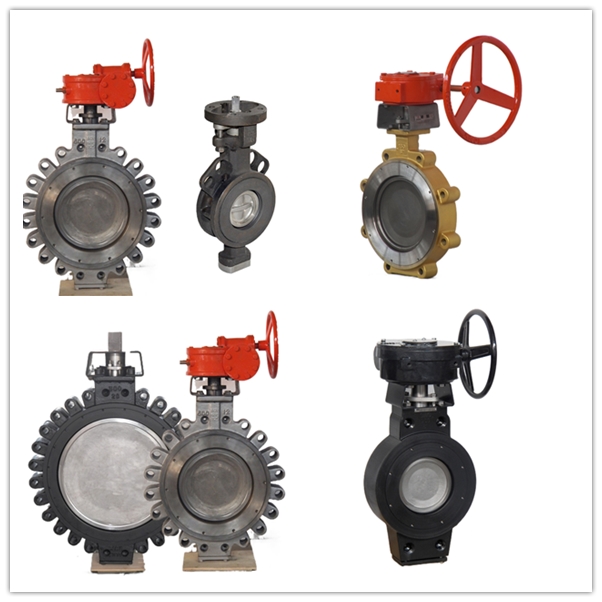
Advantages of Using Butterfly Valve vs Ball Valve
Butterfly valves provide several advantages over ball valves, making them the preferred choice for many applications. One of the major benefits of using a lug butterfly valve is that they can be installed and removed quickly, which reduces labor costs and downtime in maintenance. They also possess higher levels of sealing performance than ball valves due to their larger port openings and metal-to-metal seating surfaces.
Additionally, pneumatic butterfly valves are able to handle more pressure than their ball valve counterparts, making them ideal for use in high-pressure systems. Furthermore, butterfly valves have a much lower pressure drop across the valve’s seat when compared to ball valves, which makes them great for controlling flow and minimizing energy losses. Finally, butterfly valves tend to cost less than ball valves due to their simpler design and fewer moving parts. All these factors make butterfly valves the preferred choice for a variety of applications ranging from water treatment plants to chemical processing facilities.
Advantages of Using Butterfly Valve vs Ball Valve
Ball valves provide several advantages over butterfly valves, making them the preferred choice for certain applications. One of the major benefits of using a ball valve is that it offers superior durability due to its simple design and fewer moving parts. It can also be used in high-temperature systems since it is designed with metal seats and an internal closure element made from resilient material such as PTFE or nylon.
Additionally, ball valves offer better control of flow compared to butterfly valves, as their shutoff action is more reliable and efficient when compared to a partial open/close mechanism like what is found in butterfly valves. Furthermore, ball valves are usually smaller than equivalent butterfly valves, making them easier to install in tight spaces or even directly onto a pipe. This also makes them extremely useful in locations where serviceability needs to be considered since they can often be replaced without having to remove other equipment around them.
Finally, ball valves offer easy operation as they require minimal force to open/close, which makes them great for use in manual systems or even with remote controlled actuators. All these factors make ball valves the preferred choice for many applications ranging from process plants to oil refineries.
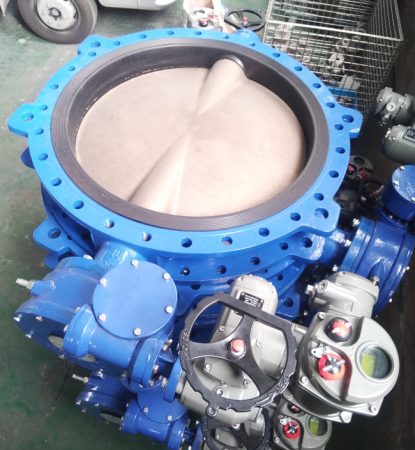
Conclusion
Deciding whether to choose a butterfly valve or a ball valve for your application is not an easy decision, as both types of valves offer unique advantages and disadvantages. The situation should be evaluated on a case-by-case basis according to the requirements and parameters of the system. Generally speaking, butterfly valves are better suited for applications where quick installation and higher pressure ratings are important, while ball valves are generally more suitable when serviceability needs to be considered, or in high-temperature systems with stringent flow control needs. Ultimately, it’s best to consult a professional who can provide guidance on which type of valve would best serve your specific needs.


